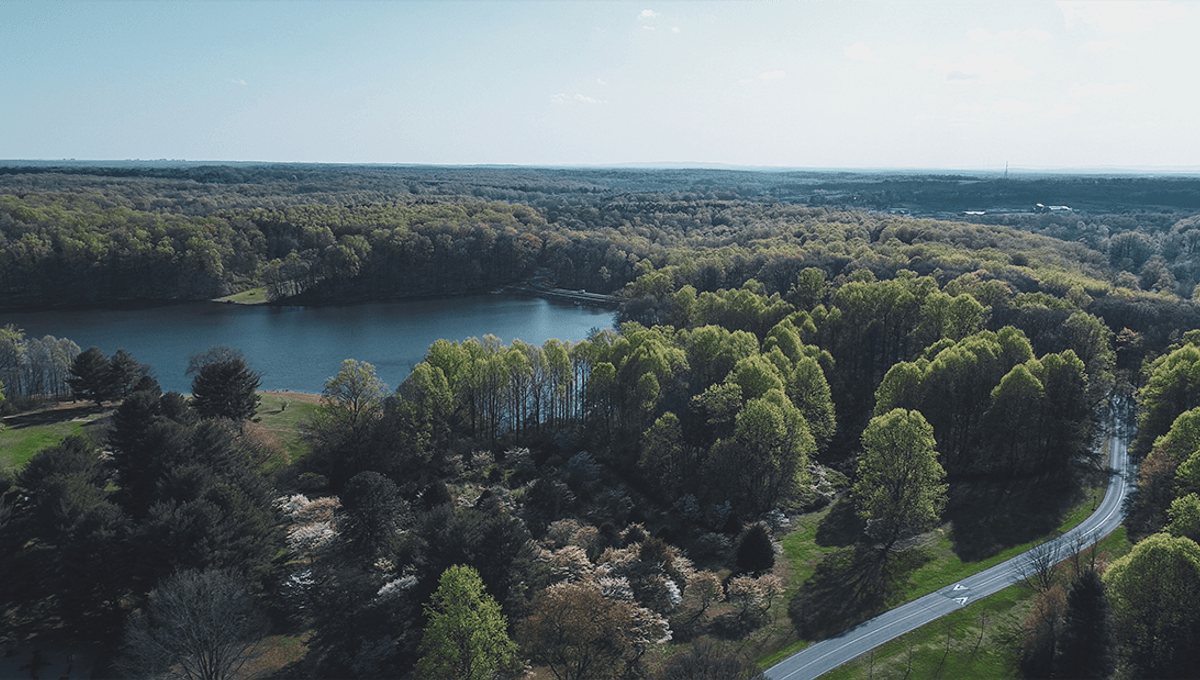
At various places around the world people have reported strange, loud banging noises that appear to be coming from the sky. Around the world they are known as “Barisal guns” in the Ganges delta and the Bay of Bengal, “yan” in Shikoku, Japan, and “mistpouffers” (fog belches) in Belgium.
For hundreds of years there have been reports of unidentified boom noises across the US. Sometimes accompanied by earthquakes, sometimes not, they have been heard during the New Madrid earthquakes of 1811-1812 right up until January of 2020. They’re often described as a “rushing” or “rolling” sound, and occasionally are associated with cold temperatures rather than earthquakes.
Loud banging noises have been known to occur particularly often near Lake Seneca in the Finger Lakes region of New York. Known as the Seneca Guns, the sounds are so loud they occasionally can rattle windows and doors, and go back to the Charleston earthquake in August 1886 when the noises were heard for several weeks after the event, coinciding with the many aftershocks.
In 2020, scientists used seismic data from the EarthScope Transportable Array (ESTA) to attempt to explain the noises around the US, comparing it to accounts of the noises from 2013 onwards.
The team from University of North Carolina at Chapel Hill trawled back through news reports from North Carolina, where reports of the noises have occurred fairly frequently. The team hoped to be able to verify the noises with seismo-acoustic data taken from ESTA. They didn’t find any events that coincided with earthquakes, providing evidence that they are unlikely the cause.
“Generally speaking, we believe this is an atmospheric phenomenon – we don’t think it’s coming from seismic activity,” researcher Eli Bird said in a statement seen by Live Science. “We’re assuming it’s propagating through the atmosphere rather than the ground.”
The researchers, who presented their findings at the annual meeting of the American Geophysical Union in 2020, focused instead on listening to infrasound data – low-frequency sound that isn’t audible to humans. They did pick up signals – varying between 1 and 10 seconds long, Live Science reports – associated with reported booms
However, we’re not a lot closer to an explanation for the noises, nor whether the noises are caused by the same type of event around the Earth. Many could be sonic booms from aircraft breaking the sound barrier, rather than unknown natural causes. Possible explanations for other events range from storm waves and tsunamis being amplified in a particular direction and ignition of methane gas released from methane hydrate beds, to geomagnetic storms.
One promising possibility is bolides in the upper atmosphere – meteoroids producing a sonic boom, where the meteor goes unseen and isn’t noticed until we hear the noise it creates. For now, until more data is gathered, the noises remain unsolved.
Source Link: Mysterious "Skyquake" Noises Heard Around The World, And Nobody Knows What They Are